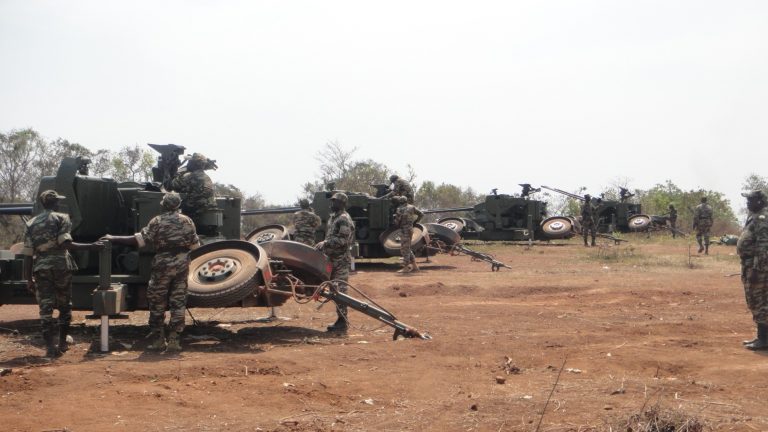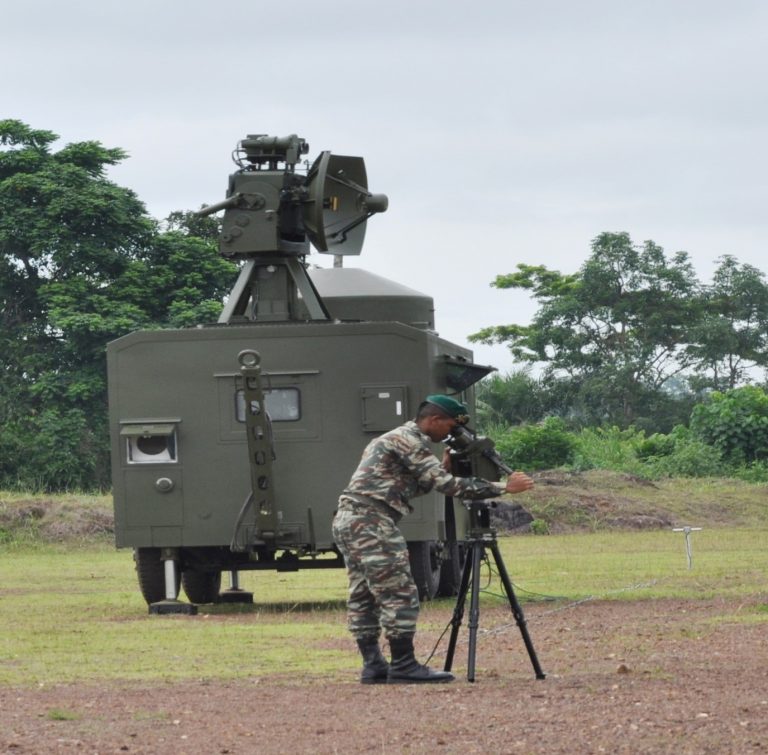Background
Created in 1959, it was in 1975 that the Cameroon Armed Forces acquired their first ground-to-air artillery component following the acquisition of 40 mm Bofor Mle 42 single-tube cannons, then 37 mm twin-tube cannons and 14.5 mm twin-tube machine guns. The mixed artillery detachment created in 1972 and based in Yaoundé was split in 1975 to give rise to the 301st Ground-to-Ground Artillery Battery (command post in Dschang) and the 201st Ground-to-Air Artillery Battery (BASA) commanded by Lieutenant Teyang Samuel, with command post in Edéa.
In 1980, a detachment of the 201st BASA commanded by Lieutenant Moukia Emmanuel, was deployed at the Maroua Salak Airport for its ground-to-air defence following the armed conflict in Chad which led to violations of national airspace in the Logone and Chari Division.
In 1981, following the border incidents with Nigeria in Rio del Rey, the rest of the 201st BASA commanded by Captain Teyang Samuel was assigned to the anti-aircraft defence of SONARA.
In 1982, the 201st ASA Battery was split into the 211th BASA and 212th BASA, commanded respectively by Captains Teyang Samuel and Abacachi Léo.
The Cameroonian Ground-to-Air Artillery gained strength in 1983 with the acquisition of its first twin-tube 35 mm cannon weapon system Oerlikon Contraves. The same year, the Ground-to-Air Artillery Training Group (GIASA) was created, bringing together the two existing ASA batteries. GIASA was placed under the command of Captain Teyang Samuel.
In 1983, Presidential Decree No. 83/542 of 30/11/1983 transformed GIASA into a Ground-to-Air Artillery Battalion (BASA). The major reform of the Cameroonian Defence Forces in 2001 transformed the BASA into the Ground-to-Air Artillery Regiment (RASA). As part of the reorganisation of the military territorial command in July 2013, the RASA became the 21st RASA. The same year, it continued expanding with the acquisition of a new Chinese-made 35 mm PG 99 twin-tube gun weapons system.
This system was supplemented in 2015 by the FN16 short-range portable missile system, also made in China.
Organisation
- RASA comprises:
- 01 Headquarters and 06 Batteries including:
- 01 Command, Transmission and Services Battery;
- 01 Instruction Battery for staff training;
- 04 Firing Batteries designed for combat.
05 Batteries are functional.
Specific Missions
- Decree No. 2001/183 of 25/07/2001 on the reorganisation of the formations of the Army, stipulates:
Article 17: RASA shall be responsible for participating in air defence to ensure the protection of the vital interests of the national territory, the aerial protection of troops and elements directly concerned with manoeuvre.
Operations
RASA is engaged in three operations:
- The Multinational Joint Task Force (MNJTF)
- Law enforcement operation in the South-West Region. RASA deploys a detachment to reinforce the 21st BRIM.
- Operation “Emergence II”; RASA ensures the security of sensitive points in its area of operation.
- Deployment within the Cameroonian contingent of MINUSCA.


